Investment Casting Process Steps From China Investment Casting Factory

Investment casting, also known as precision casting or lost-wax casting, is a manufacturing process that is used to create complex and intricate metal parts with high precision. This process involves creating wax patterns, coating them with a ceramic shell, melting out the wax, and pouring molten metal into the shell to create the final casting. Commonly used materials include Stainless Steel(303, 304, 304L, 310, 316, 316L, 347, 1.4401, 1.4408, 1.4301, 1.4305, 1.4307, 1.4404, 1.4571, 410, 416, 2205, 2304, 2507, 17-4, 15-5), Mild Steels & Low Alloy Steels, Copper Based Alloys, Nickel Based Alloys, Implantable CoCrMo, and Aerospace Cobalt Based Alloys, more material. Mainly used in Building Material, Valve And Pump, Jewelry and Artistic, Automotive, Medical Devices etc, more application. Investment casting is known for its ability to produce detailed and intricate parts with excellent dimensional accuracy. Here’s a description of the investment casting process steps:
1, Wax pattern creation of the investment casting process steps:
The investment casting process begins with the creation of wax patterns. These patterns are replicas of the final metal parts to be cast. They are typically produced using injection molding or other wax pattern manufacturing methods.
2, Wax Injection of the investment casting process steps:
The wax material, usually in the form of pellets or a solid wax bar, is melted to a controlled temperature. The molten wax is then injected into the prepared molds under pressure. The injection is done through a gate or sprue, and the wax fills the mold cavities to create the desired patterns.
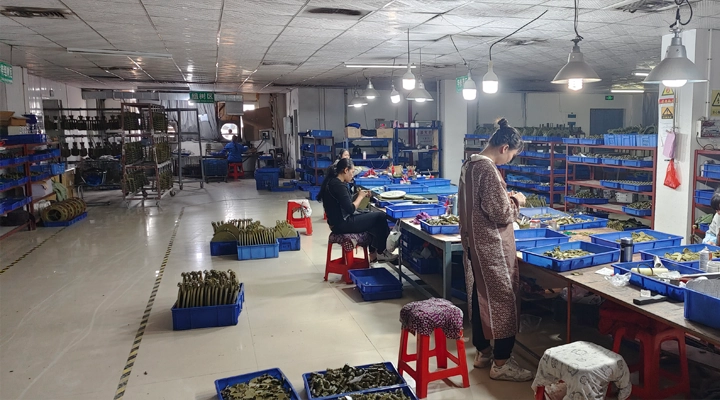
Wax Inspection
3, Wax Inspection of the investment casting process steps:
The wax inspection process in investment casting is a crucial step that occurs after the wax patterns have been created but before the investment molding process begins. This inspection ensures the quality and integrity of the wax patterns, which ultimately influences the success of the casting process.
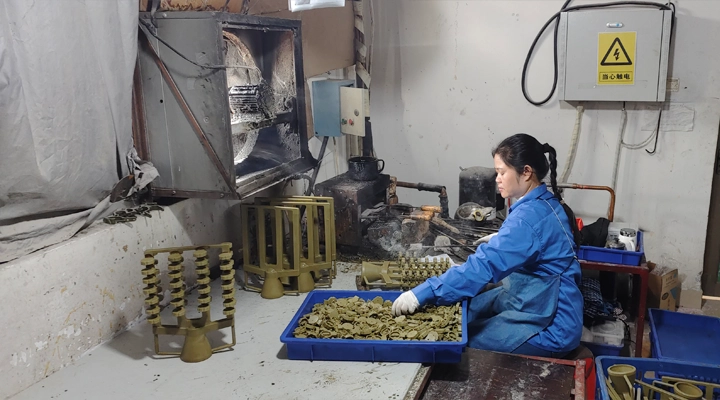
Wax Assembly
4, Wax Assembly of the investment casting process steps:
Multiple wax patterns are attached to a central wax sprue to create a tree-like assembly. Multiple wax patterns are usually attached to a central wax sprue or gating system to form a tree-like structure. This arrangement allows for efficient casting of multiple parts in a single investment mold.
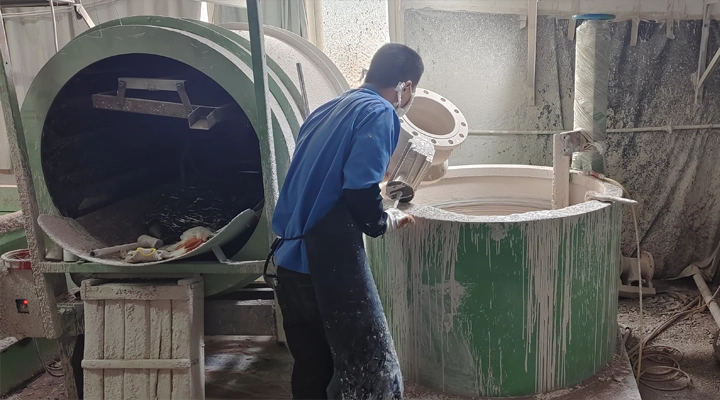
Slurry Coating
5, Slurry Coating of the investment casting process steps:
The slurry coating process is a key step in investment casting, also known as precision casting or lost-wax casting. This process involves applying layers of ceramic slurry to wax patterns to create a ceramic shell mold. The ceramic shell serves as the mold for casting molten metal.
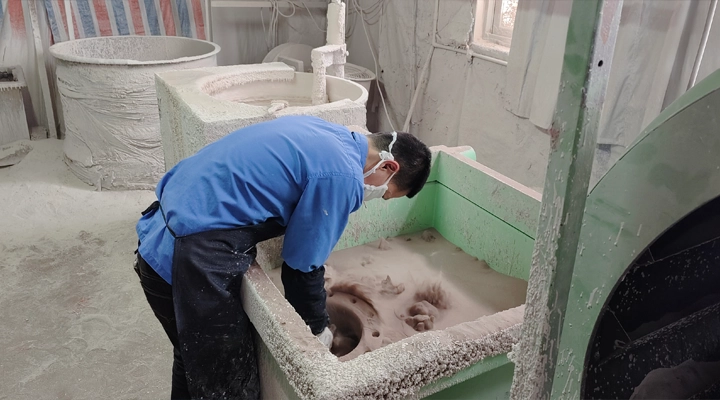
Stuccoing
6, Stuccoing of the investment casting process steps:
The stuccoing process in investment casting is a step within the overall ceramic shell building process. Stuccoing involves applying a coarse ceramic material, known as stucco, onto the wet surface of the ceramic shell to create a textured layer. This process is important for improving the surface characteristics of the ceramic shell and enhancing its ability to adhere to subsequent layers.
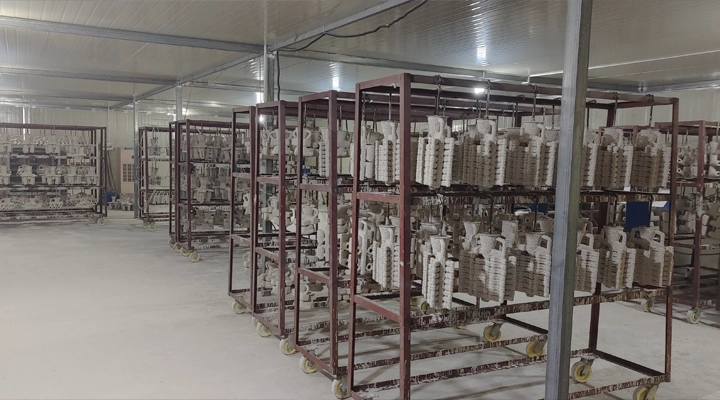
Air-Dry
7, Air-Drying of the investment casting process steps:
The drying process in investment casting is a critical step that follows the application of ceramic slurries and stucco to wax patterns, forming the ceramic shell mold. Drying is necessary to remove excess moisture from the ceramic shell, ensuring that it achieves the desired strength and hardness..
8, Repeat Steps 5&6&7:
The wax tree is dipped in a ceramic slurry multiple times to create a shell of the desired thickness.
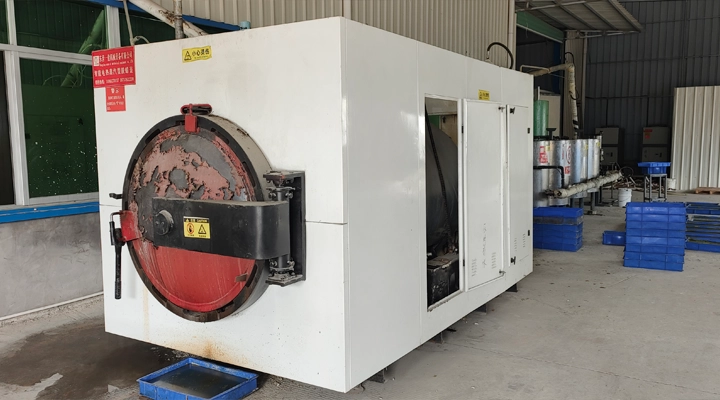
Dewaxing
9, Dewaxing of the investment casting process steps:
The dewaxing process in investment casting is a crucial step that involves the removal of the wax patterns from the ceramic shell mold before casting molten metal. Dewaxing creates cavities in the ceramic shell, which will later be filled with molten metal to produce the final castings.

10, Preheating of the investment casting process steps:
The preheating process in investment casting is a crucial step that occurs before pouring molten metal into the ceramic shell molds. Preheating serves multiple purposes, including ensuring uniform temperature distribution, preventing thermal shock to the molds, and facilitating better metal flow during casting.
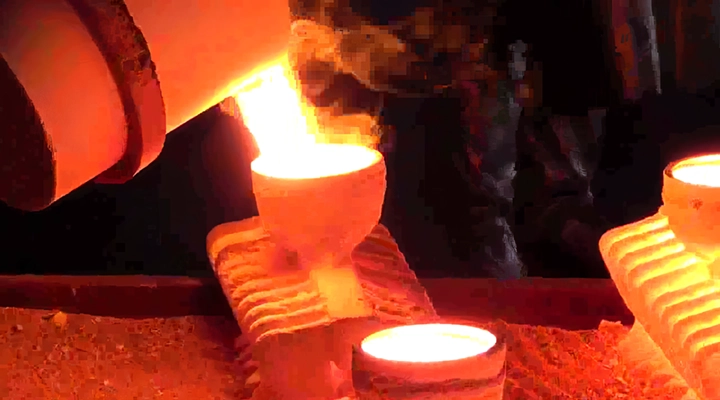
11, Pouring of the investment casting process steps:
Molten metal is poured into the mold cavity to create the castings. The metal solidifies within the ceramic shell, taking the shape of the original wax patterns. This step follows the wax pattern removal (dewaxing) and preheating of the ceramic shell.
12, Cooling and Solidification of the investment casting process steps:
After casting, the entire tree with attached castings is allowed to cool and the metal solidifies. The ceramic shell becomes brittle and can be easily broken.

13, Shell Breakout of the investment casting process steps:
The shell removal process in investment casting is a crucial step that follows the cooling and solidification of the cast metal within the ceramic shell mold. This process involves breaking away or removing the ceramic shell to reveal the final cast metal part.
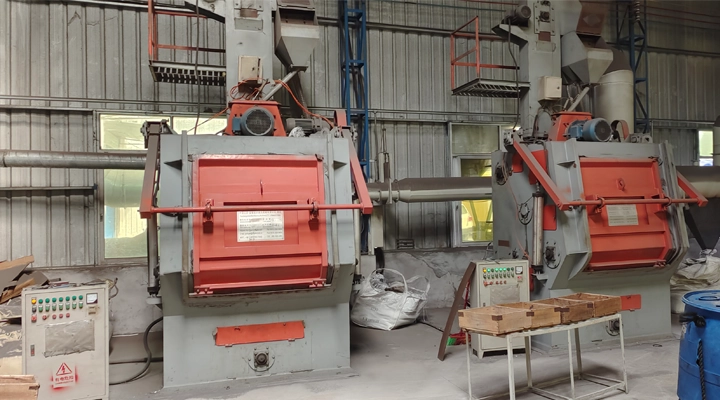
Shot Blasting/Sand Blastin
14, Shot Blasting/Sand Blastin of the investment casting process steps:
Shot blasting, also known as sandblasting, is a surface preparation process commonly used in various industries, including investment casting. The purpose of shot blasting in investment casting process is to clean and prepare the surface of castings before further processing or finishing.

15, Cut Off of the investment casting process steps:
The cut-off process involves physically separating each casting from the central sprue. This can be done using various tools and methods, including sawing, abrasive cutting, or other cutting techniques.
16, Cleaning and Inspection of the investment casting process steps:
Once the cut-off process is complete, the individual castings are thoroughly cleaned to remove any residual material from the cut-off operation. This is followed by a visual inspection to ensure that each casting meets the specified quality standards.

17, Post-Cut Treatments of the investment casting process steps:
Depending on the specific requirements of the castings, additional treatments or finishes may be applied after the cut-off process. This may include heat treatment, surface finishing, or other processes.

18, Inspection of the investment casting process steps:
The individual castings are subjected to a final inspection to ensure that they meet dimensional accuracy, surface finish, and other quality requirements.
Investment casting is a versatile and precise process that can create parts with complex shapes and high tolerances. However, it can be time-consuming and costly compared to other manufacturing processes.
Custom investment Casting
Leave your requirement here we would reply you asap





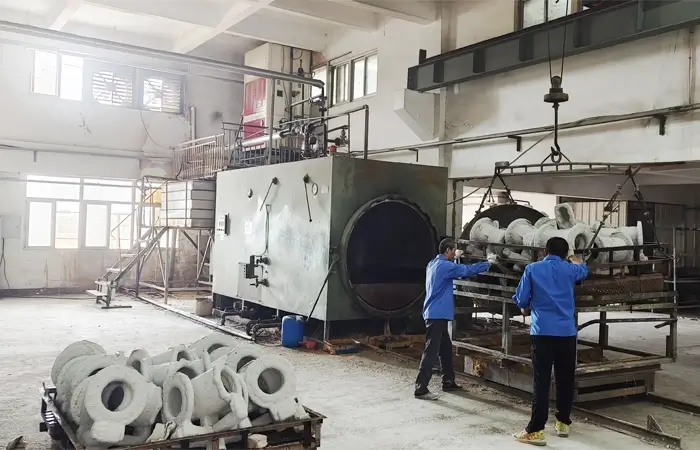
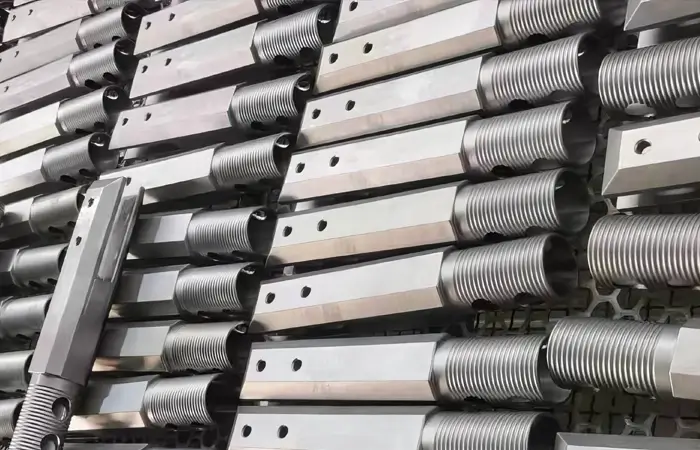


Recent Comments